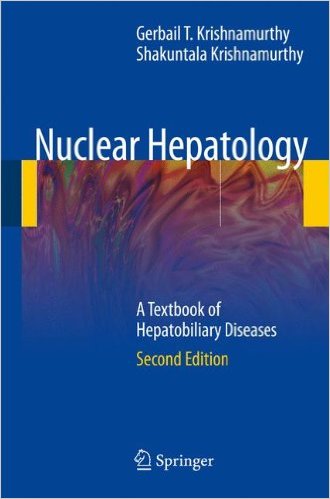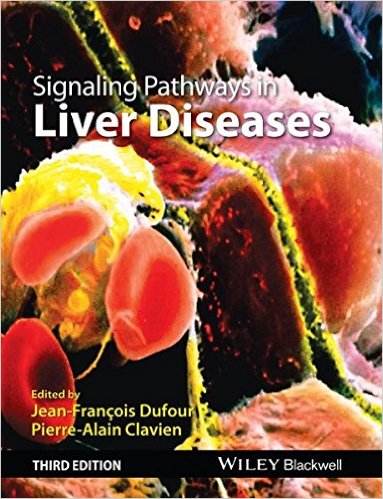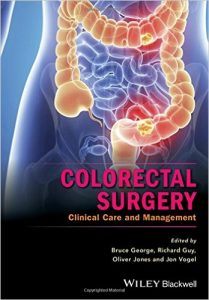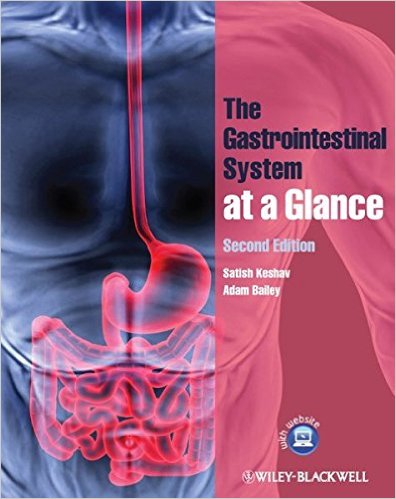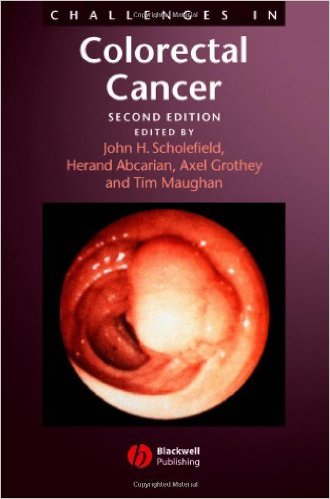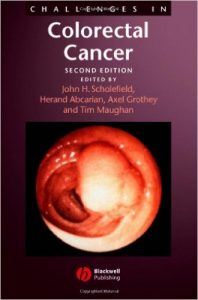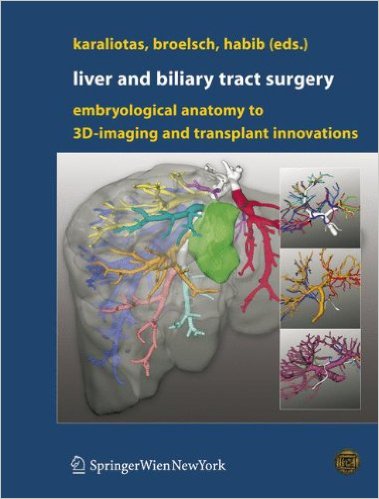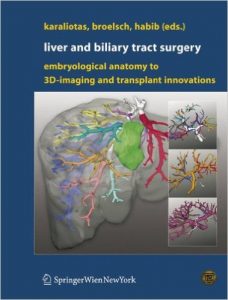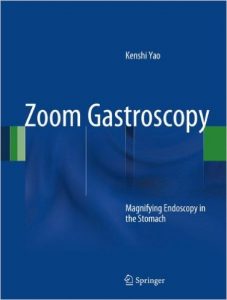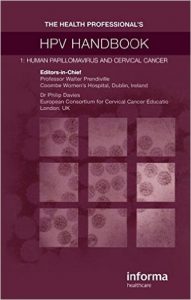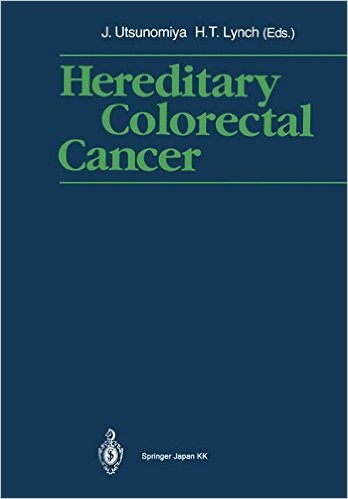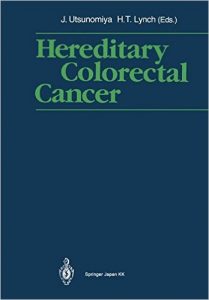Pancreatic Cancer: A Patient and His Doctor Balance Hope and Truth (A Johns Hopkins Press Health Book) 1st Edition


[amazon template=iframe image2&asin=1421400618]
Michael J. Lippe was diagnosed with pancreatic cancer in 2007. This is his story, and the story of pancreatic cancer, narrated by Lippe and Dr. Dung T. Le, the physician who is treating him.
In telling these stories, Lippe and Le alternate chapters. Lippe writes about the early signs that something was wrong; Le continues with a description of pancreatic cancer, its symptoms, and its treatments. Lippe talks about his prognosis, contemplates the prospect of death, and describes how he began to cope; Le explains the importance, for both doctor and patient, of balancing hope and truth. Lippe speaks frankly about the toll the disease takes on his marriage and family; Le offers a general picture of what most patients can expect with their illness. The book concludes with Lippe and Le’s reflections on their partnership in treating cancer, lessons they have learned, and their thoughts about the positive things that sometimes emerge from illness.
Pancreatic Cancer offers clear explanations of what the disease is, describes what people with the disease will feel physically and mentally, and discusses current treatments and future directions of research. The authors hope that their honest yet hopeful perspective will help all people with cancer and those who care about them.
DOWNLOAD THIS BOOK FREE HERE

